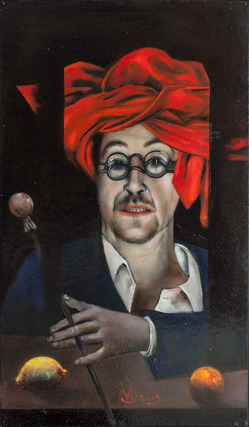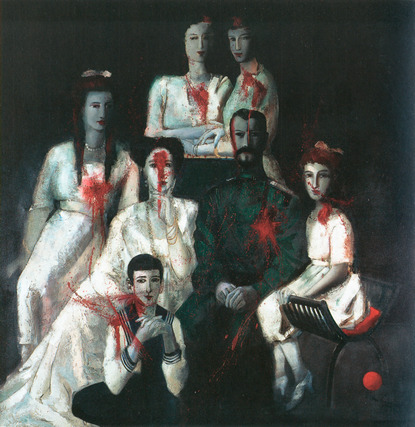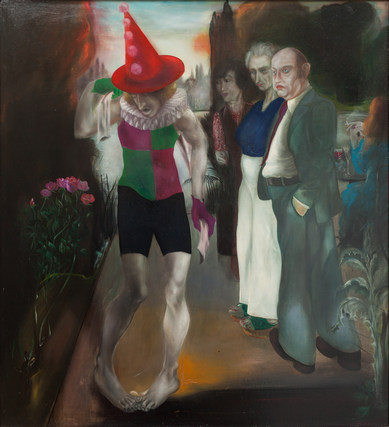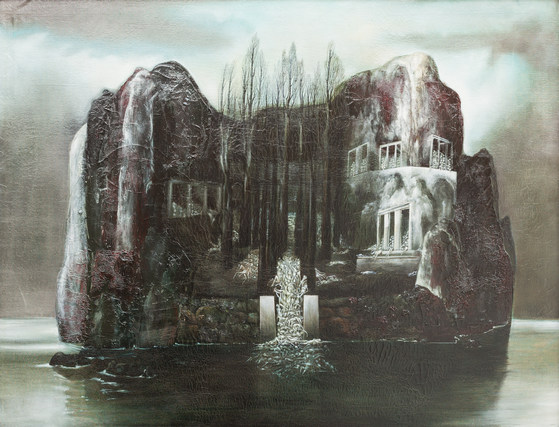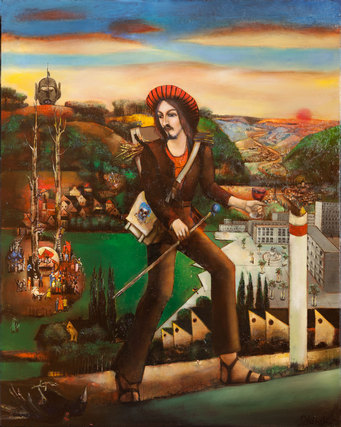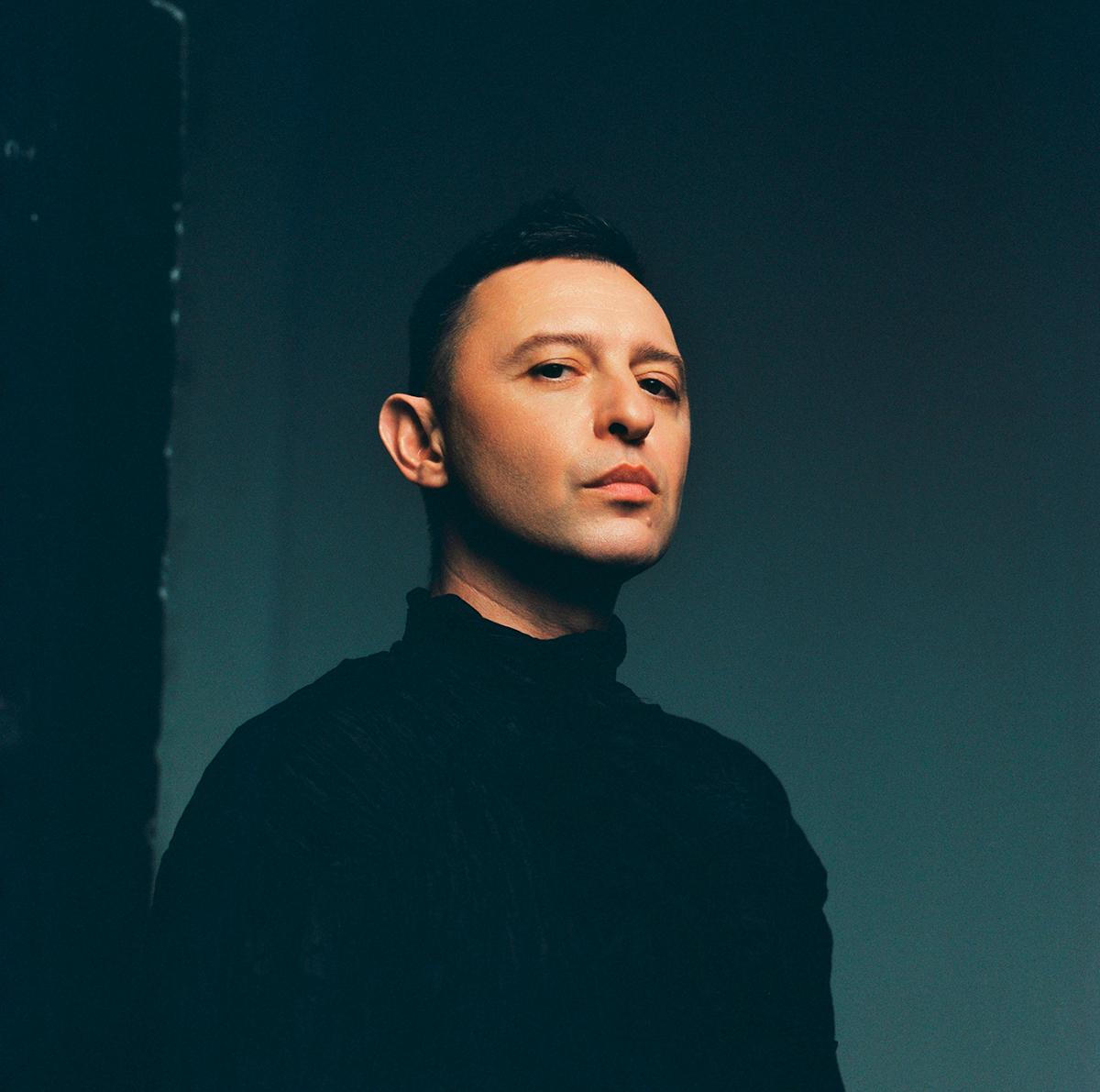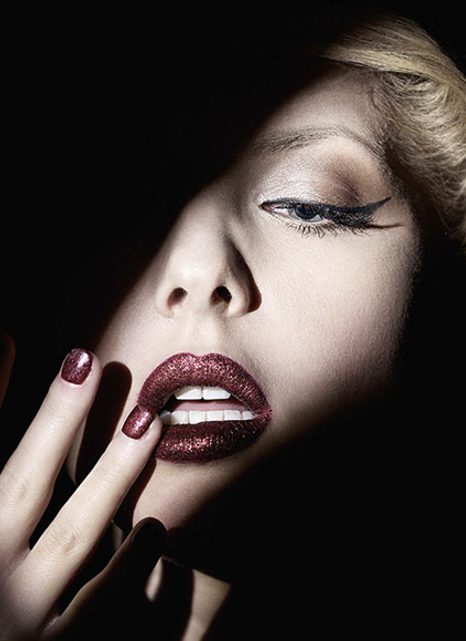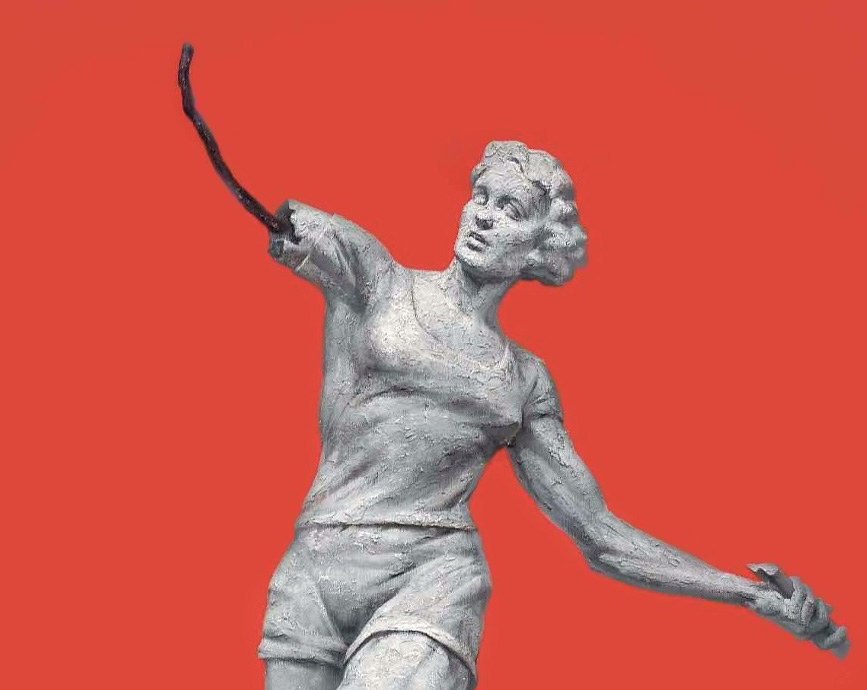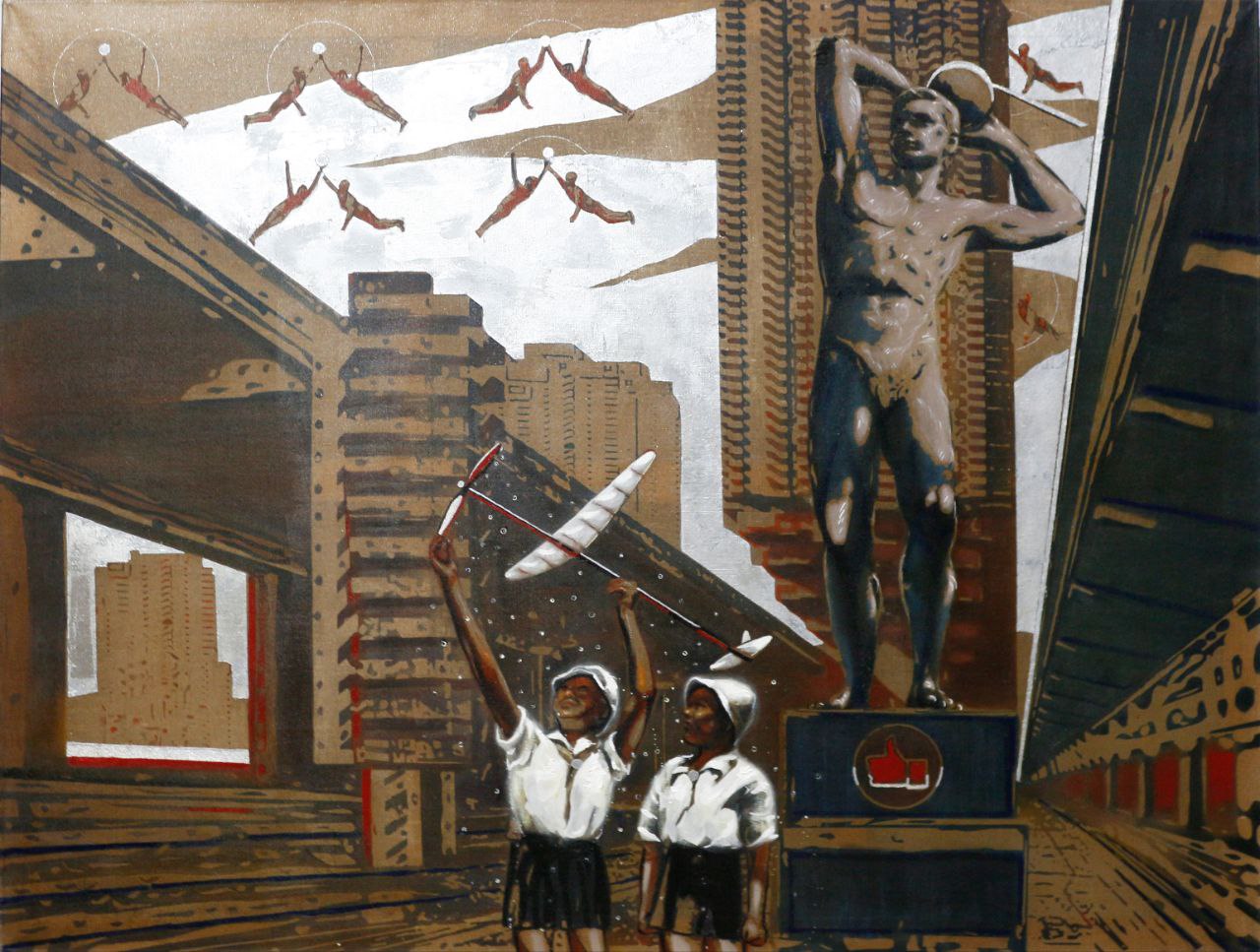Erarta Museum presents a retrospective of works by German artist Dieter M. Weidenbach
- A retrospective of the five decade relationship with Soviet/Russian art
- The artist's biography and the history of post WWII Europe in paintings
- A life of nonconformism, quest and provocation
On the Road in Theatrum Mundi summarizes the 50-year professional career of an artist who has a strong sense of being involved in the historical processes, not least by playing his part in the ‘Great Theatre of the World’.
Dieter Weidenbach's outstanding personality allowed him to pursue an artistic career in the German Democratic Republic. Having graduated from high school, he went on to study art history at the Karl Marx University in Leipzig, later enrolling at the Leipzig Academy of Graphic Arts and Book Art. In 1967–1968 Dieter Weidenbach visited the USSR, attending the Moscow Polygraphic Institute on a student exchange program. One of his first student artworks created in the 1960s is a free rendering of Sheepherder's Daughter, a portrait of a Kyrgyz girl by Semyon Chuikov. The artist's development was greatly influenced by the Russian culture and his introduction to the Hermitage collection, Socialist realism, and the works of Marc Chagall which were echoed by Weidenbach's 1970s drawings loosely based on his impressions of Russia.
In 1974, having received a prestigious GDR art prize, the young artist came under close supervision — and oftentimes criticism — of various arts bureaucrats. In 1977 Dieter Weidenbach was noticed by the country's most prominent artist and influential functionary Will Sitte and accepted the offer to continue his studies in Sitte's class at the Academy of Arts in Halle-on-the-Saale.
Despite his obvious success and trips abroad, Dieter Weidenbach failed to gain widespread popularity in his home country: fame was reserved for the older generation of artists. Nevertheless, Weidenbach's artworks addressing the top-of-the-agenda environmental topics were exhibited and sold in the West as idiosyncratic contemporary art from the GDR. In 1984, the Ministry of Cultural Affairs of the GDR refused to allow the artist, who was participating in the Venice Biennale, to visit the exhibition, which spurred his formal emigration plea. In 1985, deprived of his GDR citizenship, Dieter Weidenbach made a new start as a freelance artist in West Berlin. He witnessed the fall of the Berlin Wall directly from the window of his studio which was close to Checkpoint Charlie crossing point, and thus at the epicentre of events. This was also the starting point of his prolonged pilgrimage through the places deemed holy by the Romantic painters and poets of the 19th century, most notably, Italy.
Dieter Weidenbach's oeuvre is closely linked to Weimar, the city of poets and thinkers where the artist still lives and works today. Weidenbach made Weimar his home in 1982, was exiled from there in 1985, and came back in 1991, this time to the newly reunited Germany.
Travelling through the Great Theatre of the World, Dieter Weidenbach treats the European artistic heritage rather freely. Weidenbach's paintings are ripe with quotes, interpretations, and metamorphoses of recognizable images. For instance, in the early 1990s the artist enthusiastically copied the works of Goya and Velázquez, infusing his versions of the classical images with modern vibe. However, at the core of Weidenbach's art seems to lie his decades-long dialogue with sacred texts of the German culture. His first artistic success, On the Road, may be interpreted as a visual rendition of the famous Romantic text Memoirs of a Good-for-Nothing by Joseph Freiherr von Eichendorff. Weidenbach's genius frequently alluded to anything from the Peasant War to Friedrich Nietzsche's biography, from Dürer's artistic legacy to Otto Runge's mystical goddesses. In his Isenheim Altarpiece and etchings Weidenbach shares his own intimate experience of the Renaissance. Weidenbach's highly theatrical, phantasmagorical works feature as actors the semi-legendary artist Grünewald and Weidenbach's contemporary Werner Tübke, the great Goethe and the imaginary composite character of a Romantic poet, worn down by life yet clutching in his hand the withering emblem of art's spiritual treasures — the blue flower from Novalis' novel.
However, the most important vision which haunted the artist since the late 1970s was Arnold Böcklin's Isle of the Dead. This elegiac painting created to console a widow was so hugely popular at the turn of the 20th century — all the way down to mass-produced prints — that it almost came to represent the epoch. Salvador Dalí came up with his own version of the painting, while its only copy that did not survive was purchased for the Reich Chancellery by Adolf Hitler. The prevailing culturological approach is to interpret this painting of the Swiss symbolist as an allegory of a farewell to the classical period and an anticipation of modernism and, consequently, a new world. Dieter Weidenbach's first take at the quiet contemplative image in 1978–1979 in a way developed the story of a coffin’s silent voyage across the still waters of the river of death. He, an artist of the second half of the 20th century, envisaged industrialized islands of the dead, indicating the dead end facing the overly rational world with its brutality towards the environment and deliberate mass extermination of people. The Isle of the Dead is present in many artworks by Dieter Weidenbach, from the extremely sombre painting dating from 1980 to the more cheerful satirical works of the 2000s. The most accurate representation of the artist's worldview with its constant references to life and death is the monumental Dance of Death in Weimar. Another common concept of the German culture which does not translate easily into Russian is ‘scurrility’. It signifies the absolute acceptance of reality, including its most gruesome, appalling forms, from a certain ironic distance. The Dance of Death motive still surviving in literature and visual arts is one example of scurrility, combining the sad and the comical, the repulsive and the beautiful, the refined and the vulgar.
The art of Dieter Weidenbach, with its elegiac and autobiographical strands and the recurrent theme of voyage, with its radical satirical fantasies and exotic retrospectiveness, is, at its heart, ultimately Romantic.

